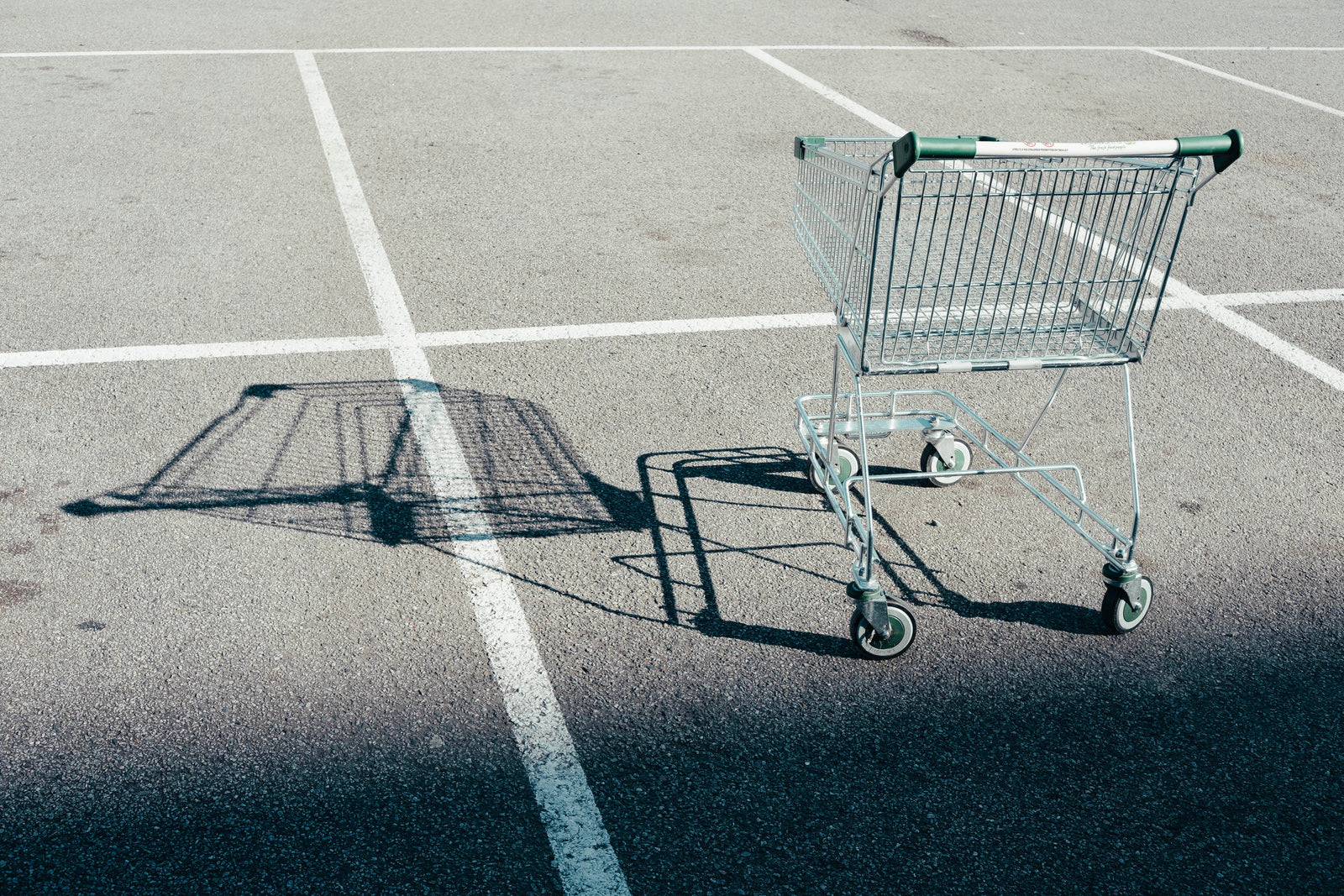All because of cart abandonment.
Don’t panic. There’s a solution.
Online stores can earn back 3-14% of sales by sending abandoned cart emails. These emails remind customers of what they left behind and encourage conversion.
Having an abandoned cart strategy in place is critical as nearly 70% of online shopping carts are abandoned.
Yup... that's 7 out of 10 carts left in the dust.
Although it might feel discouraging to see a bunch of abandoned carts in your analytics, think of them as consumers demonstrating high intent to purchase, which is fantastic news for you.
These carts allow you to continue the conversation with high intent customers and encourage them to purchase. These are hot leads!
Even if these customers don't buy, your abandoned cart emails can help you understand what friction prevented the consumer from purchasing. Plus, this is a prime opportunity to create an excellent customer service experience.
Let’s answer one, very important question though: Why are customers abandoning their carts?
There are many reasons, but the top 5 are:
- Extra costs are too high (like shipping, duties, taxes)
- Account required at checkout
- Checkout is too long
- Unclear pricing
- Customers don't trust the site
In response to these reasons, there are some best practices to keep in mind when drafting your abandoned cart emails.
1. Write Good Copy
Your email copy should align with your brand while being attention-grabbing. This copy includes the subject line, CTA (Call To Action), and body text.
You could use humour or cheekiness to stand out, or create urgency through limited availability and expiring carts.
Some CTA examples:
Shop Now — Return To Cart — Get It Now — Treat Yourself
The CTA should be concise and clear to the reader. Test, test, test different text, colours, and placements to see which has the highest conversion.
Using social proof like testimonials, return policies, and guarantees can help build consumer trust in your company.

Source: Shopify
2. Use Personalization
Personalizing your abandoned cart emails will make the customer feel special and humanize the experience.
Use the customer's first name in the subject line or the salutation.
Show the products left in their cart — reserve these products for a limited time.
Take customers back to their populated cart — remove friction from the checkout process.
Customers like to feel familiar with sites, so ensure emails and websites reflect each other and are optimized for all screens (and especially for mobile).
3. Timing is Key
The length of time between the customer's last site interaction and the email is critical.
Send the first email an hour after their interaction. This way, you won't cannibalize sales that would have already happened, but you’ll reach consumers before buying elsewhere.
4. Email Sequence
You’ve sent one email.
Don’t stop; there’s still money on the table!
Sending 3 emails in the abandoned cart flow is optimal to capture potential sales without hurting your sending score. Consider offering a small discount in your second or third email to encourage the conversion.
Remember to suppress further abandoned cart emails if someone makes a purchase (they’re now part of your post-purchase flow).
5. Discounts and Free Shipping
The top reason for abandonment is price-related, so discounts can be a great way to give customers that final nudge.
Free shipping has become an expectation and is the most effective motivator, with coupons second. You can offer free shipping all the time or only when the purchase amount hits a certain threshold.
Dollar discounts are known to perform better than percentages, but test, test, test all the possibilities to determine what your audience prefers.
Although you won’t convert all of your abandoned carts, the average revenue per recipient is $5.81, which adds up when you have thousands of abandoned carts!
So, set up your abandoned cart email flow today and start earning more.
Ka-ching!




